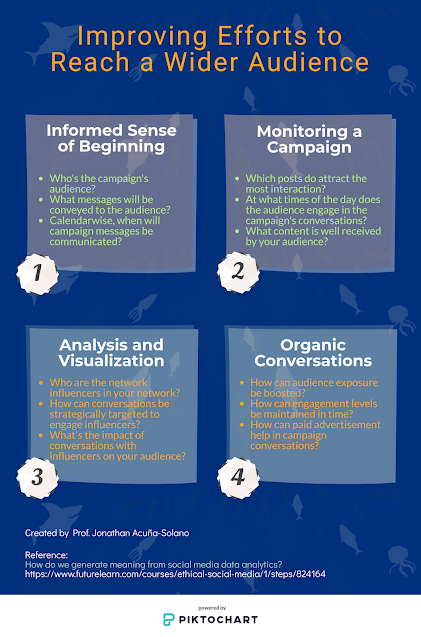What is the Point
of Global Ethics?
Jotting down
some ideas
Prof. Sean Cordell, philosopher at the
Open University, refers to ethics in terms of making “the world better,” about finding
ways to “save the world”
What is then Global Ethics end game?
Based on Prof. Jon Pike, also a philosopher at the Open University, the end
game here is to discover “what’s wrong with the world and what should we do
about it”
If we imagine Global Ethics as a
casket, we are then to find -in it- three central distinctions not to feel
smothered by the smoke coming from the world’s indifference to global issues. If
you should like to see the content of our ethical casket, based on Prof.
Pike, three elements are to be found: [1] “empirical stuff,” [2] “theory and
construction of models about how the world works,” and [3] “normative stuff”
What
should we do then about issues concerning Global Ethics? Ethicists should so
like to see everyone taking a stance regarding global problems all humans
should be interested in. As a result of not knowing what governmental institutions
and figures ought to do about issues, we at least can think through the
arguments in favor or against something to come up with our very own opinions.
As Prof. Pike has put it
Global
Ethics is something that does not belong to the netherworld. We are not mere pawns
in a divine ethical drama; we can make moral decisions that can positively
impact global issues that concern all humans. We cannot simply say that the
gods to relieve themselves of toil created men to take advantage of one
another; the righteous man would always be beset by prolonged series of global
ethical decisions that cannot simply be postponed to make the world a better
place for all. Global ethics is “the sphere of justice in the world and what
you as an individual might do about it” says Prof. Sean Cordell
References
The Open University. (2020a). Who does global ethics - in theory?
Retrieved October 27, 2020, from FuturLearn.Com:
https://www.futurelearn.com/courses/global-ethics/3/steps/905598
The Open University. (2020b). Who does global ethics -
in practice? Retrieved October 28, 2020, from FutureLearn.Com:
https://www.futurelearn.com/courses/global-ethics/3/steps/905599
What is the Point of Global Ethics by Jonathan Acuña on Scribd





















